A study showed that the ancient relatives of modern humans in northern China may have had an "Einstein's brain" at the time they lived 200,000 to 160,000 years ago.
An international team led by Chinese archaeologists found that the cranial capacity of this hominin reached 1,700 cubic centimeters, an estimate made on the basis of skull fossils excavated in the 1970s from Xujiayao site.
"It is the largest big-headed hominin ever in the Middle Pleistocene," said Wu Xiujie, a researcher at the Institute of Vertebrate Paleontology and Paleoanthropology under the Chinese Academy of Sciences.
Wu's team reconstructed a fairly complete posterior cranium with three fragmented bones from the same young adult.
Xujiayao hominid's brain was slightly smaller than that of its close relative "Xuchang Man," estimated at about 1,800 cubic centimeters, but the former lived approximately 60,000 years earlier than the latter, according to the study published in the latest volume of Journal of Human Evolution.
The findings offered "the earliest evidence of a brain size that falls in the upper range of Neanderthals and modern Homo sapiens," said Wu, the paper's first author.
The prehistoric human, and Neanderthals and Denisovans were contemporaries, but it was unique in that a fossil known as the Xujiayao juvenile was found by a previous study -- which showed they had teeth like that of modern humans.
Scientists once presumed that the brain size of ancient humans in the Old Stone Age, from australopithecus through homo habilis to homo erectus, grew gradually bigger with time.
But recent studies have put paid to this hypothesis since the "Flores Man" in Indonesia living 100,000 to 50,000 years ago was found to have only a brain about 400 cubic centimeters while the head of "Xuchang Man" was over four times big.
The findings may help explain what led to the huge change in the brain size of our ancestors and offer a new lost piece in the jigsaw of human evolution.








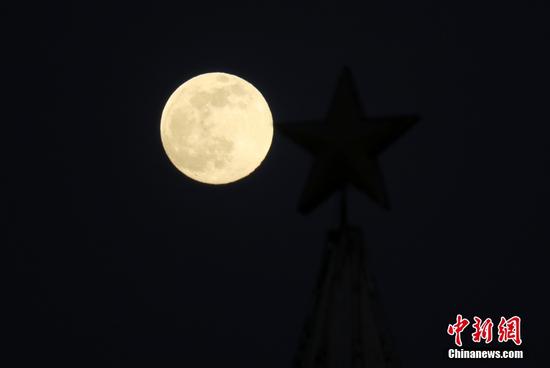
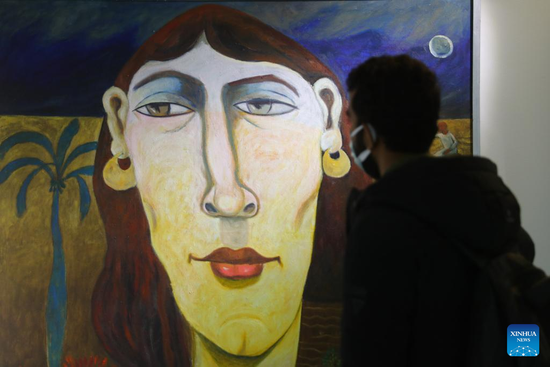

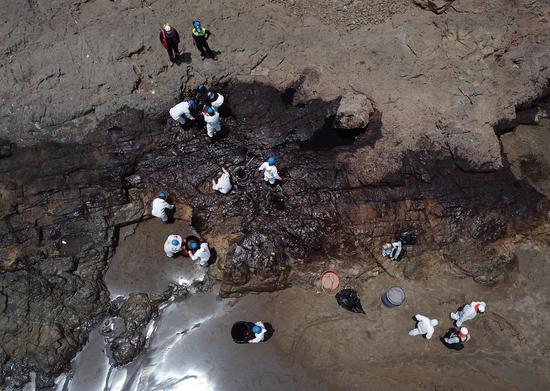









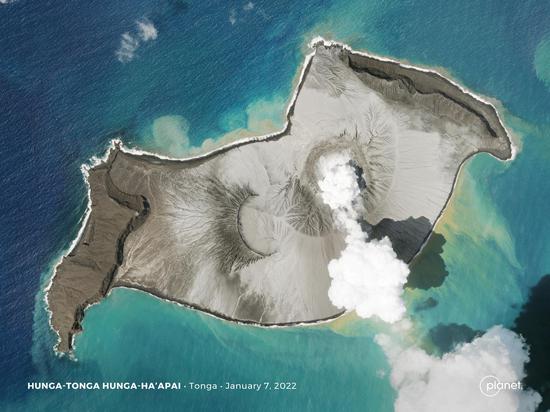
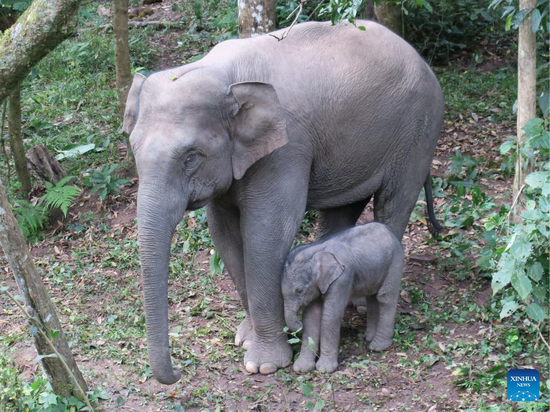

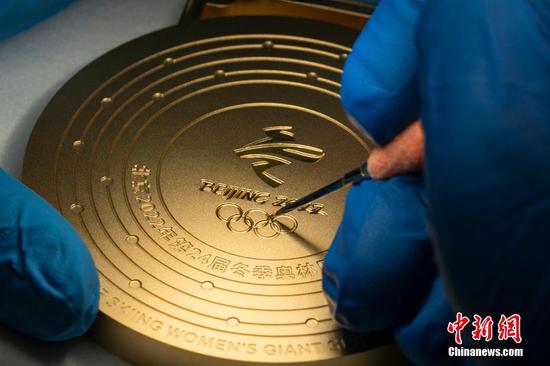


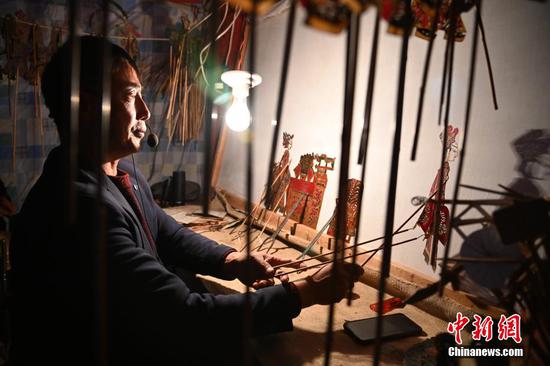








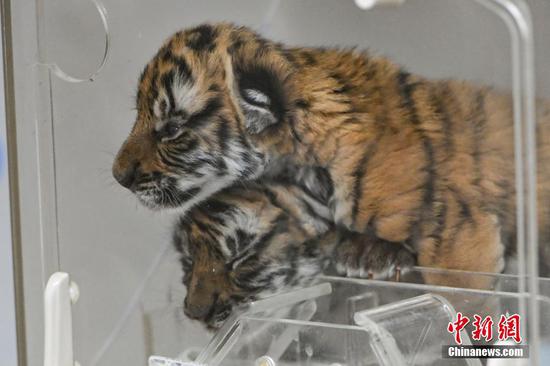



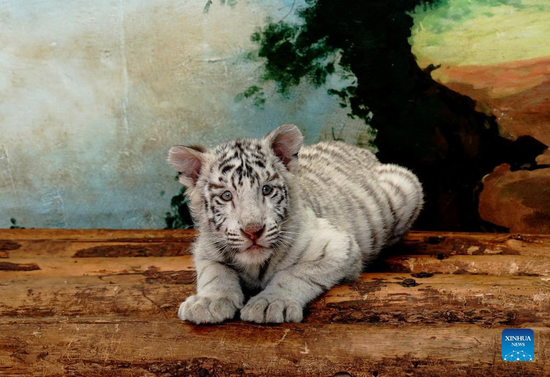


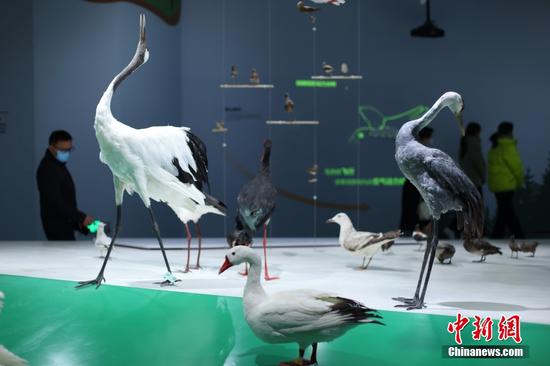






 京公网安备 11010202009201号
京公网安备 11010202009201号